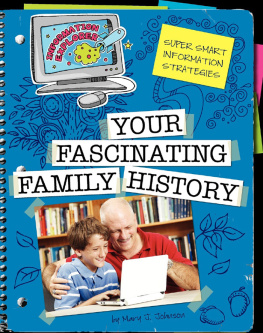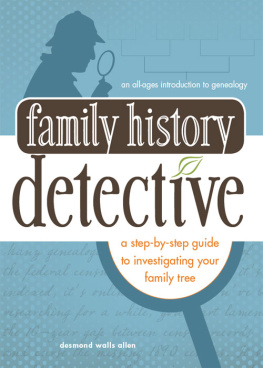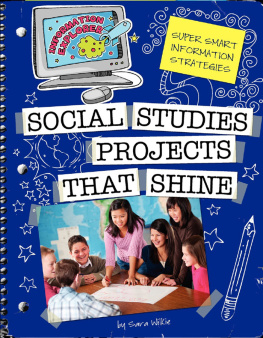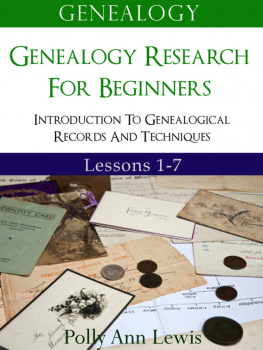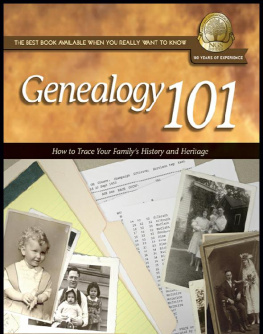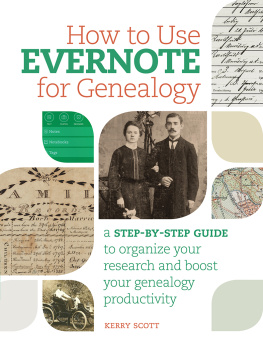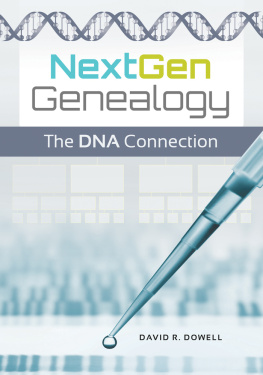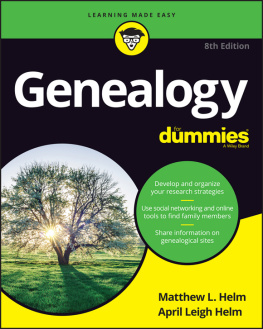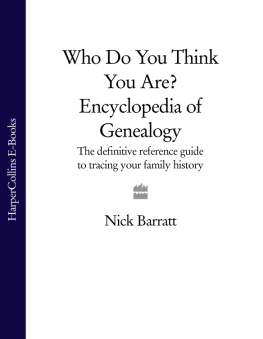

A NOTE TO PARENTS AND TEACHERS: Please remind your children how t o stay safe online before they do the activities in t his book.
A NOTE TO KIDS: always remember your safety comes first!
Published in the United States of America
by Cherry Lake Publishing
Ann Arbor, Michigan
www.cherrylakepublishing.com
Content Adviser: Gail Dickinson, PhD,
Associate Professor, Old Dominion University,
Norfolk, Virginia
Book design and illustration: The Design Lab
Photo credits: Cover, Lisa F. Young/Shutterstock, Inc.; page 4, iStockphoto.com/Blue_Cutler; page 15, iStockphoto.com/ArtisticCaptures; page 16, Konstantin Sutyagin/Shutterstock, Inc.; page 22, Gavril Bernad/Dreamstime.com; page 24, Ed Phillips/Shutterstock, Inc.; page 28, wavebreakmedia ltd/Shutterstock, Inc.
Copyright 2012 by Cherry Lake Publishing
All rights reserved. No part of this book may be reproduced or utilized in any form or by any means without written permission from the publisher.
Library of Congress Cataloging-in-Publication Data
Johnson, Mary J., 1949
Super smart information strategies: your fascinating family history/by
Mary J. Johnson.
p. cm.(Information explorer)
Includes bibliographical references and index.
ISBN-13: 978-1-61080-122-5 (lib. bdg.)
ISBN-13: 978-1-61080-268-0 (pbk.)
1. GenealogyJuvenile literature. I. Title.
CS15.5.J64 2011
929'.1dc22 2011000641
Cherry Lake Publishing would like to acknowledge the work
of The Partnership for 21st Century Skills. Please visit
www.21stcenturyskills.org for more information.
Printed in the United States of America
Corporate Graphics Inc.
July 2011
CLFA09
Table of Contents
Chapter One
What Is Genealogy?
Chapter Two
Finding Evidence
Chapter Three
Oral History
Chapter Four
Digging Deeper
Chapter Five
Sharing Your Familys Story
CHAPTER ONE
What Is Genealogy?
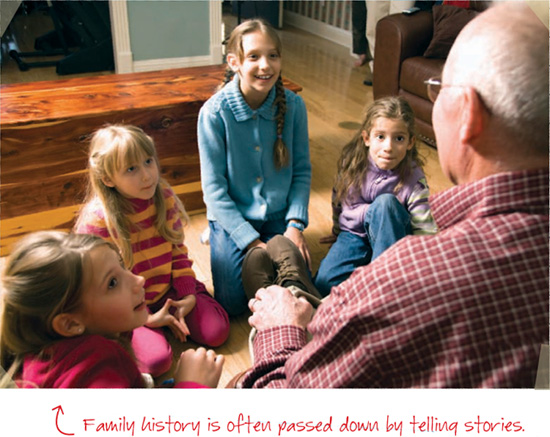
Do you like to listen to your parents, grandparents, aunts, or uncles tell stories about your family? Would you like to know more family stories? Do you like to tell stories yourself? One way to become your familys storyteller is to learn some of the techniques of genealogythe study of ancestry and family history.
Every family has stories to tell. Your father might tell about his experiences as a soldier in a war zone. Your grandmother might tell about harvesting hay on the family farm. You might hear stories about family members who sailed on ships from Europe, Asia, or Africa. There could even be stories about family members born hundreds of years ago!

When you collect these stories, you are collecting oral history . They are the stories that are told and retold. They arent always written down. This is where you come in. Like any good historian, you can collect these stories into a historythe history of your family! In this book, you will learn how to collect and organize your family stories and then share them.
Many teachers like to do My Family History projects. This book will help you do the best project possible. You can also put together your own family history project just for fun! The story you tell and the way you tell it will change, depending on what your family is like. The project doesnt even have to be about your own family. Professional genealogists research other peoples families. You can look into the family histories of neighbors or friends. You just have to pick a place to start!
It is a good idea to start with some basics. The first person with a story to tell is YOU! You are the direct descendant of a father and mother and all the grandparents for generations before you. Start by gathering and writing down basic information about yourself. Then you can move on to your immediate family. Names, birth dates, and places of birth are all basic information. Gather that information for your immediate and extended family members. Then you can start to fill in the history that really defifines your family.
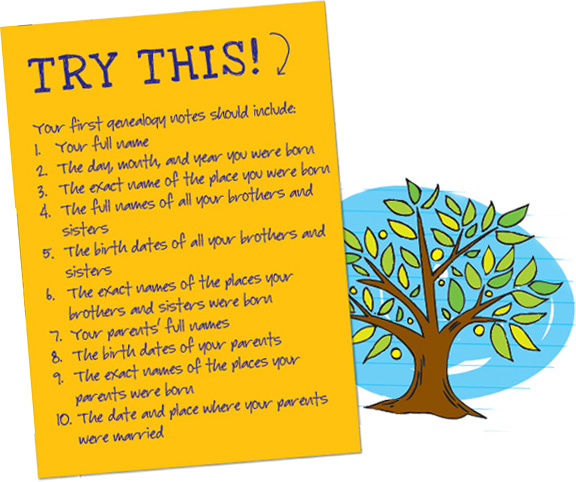
Getting Started
Now you are ready to fill out an official family group sheet . Before you move to this step, take a look at these guidelines that can help you get started with genealogy:
Write a mans name like this: JONES, Harold Edward
Write a married womans maiden name , the name she had before she was married, like this: CARNEY, Alice Ann
Write dates like this: 8 Dec 1949 or 23 Apr 2001
Fill out forms in pencil
When you do not know something, dont ever make it up!
As your project grows to include more generations of your family, you will fill out a family group sheet for each separate familyeach father, mother, and their children.
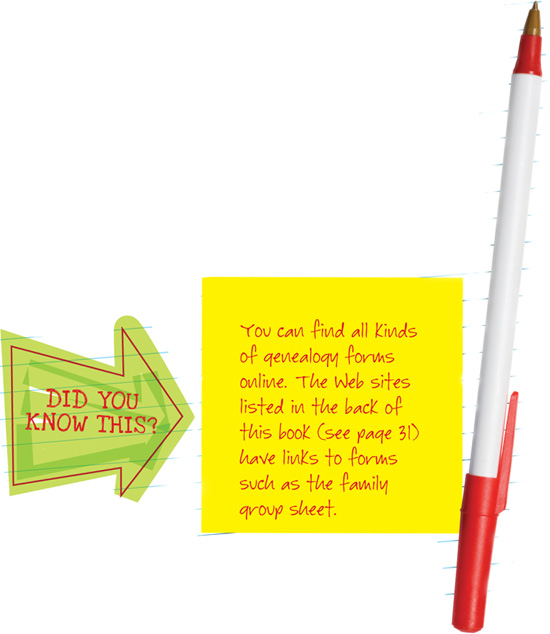
CHAPTER TWO
Finding Evidence
Like a good detective, you will need to find evidence to prove that the information you write on genealogy charts is correct. So far, you have been able to fill in forms with names, dates, and places your family members know and remember. Genealogists always look for official papers and records to back up every bit of informationeven their own birth dates!
Now is the time to start collecting official family in a desk drawer? Maybe a box of family papers papers, or documents. Ask your mother or father where to find vital records and other papers for your immediate family. Many of these have legal or sentimental importance. Families often store them in a safe place. Is your birth certificate in a baby book along with the date when your first tooth came in? Is there a file folder of immigration or military records is hiding in the corner of a closet. Be sure to ask before going through someones things. Respecting a persons privacy is important!

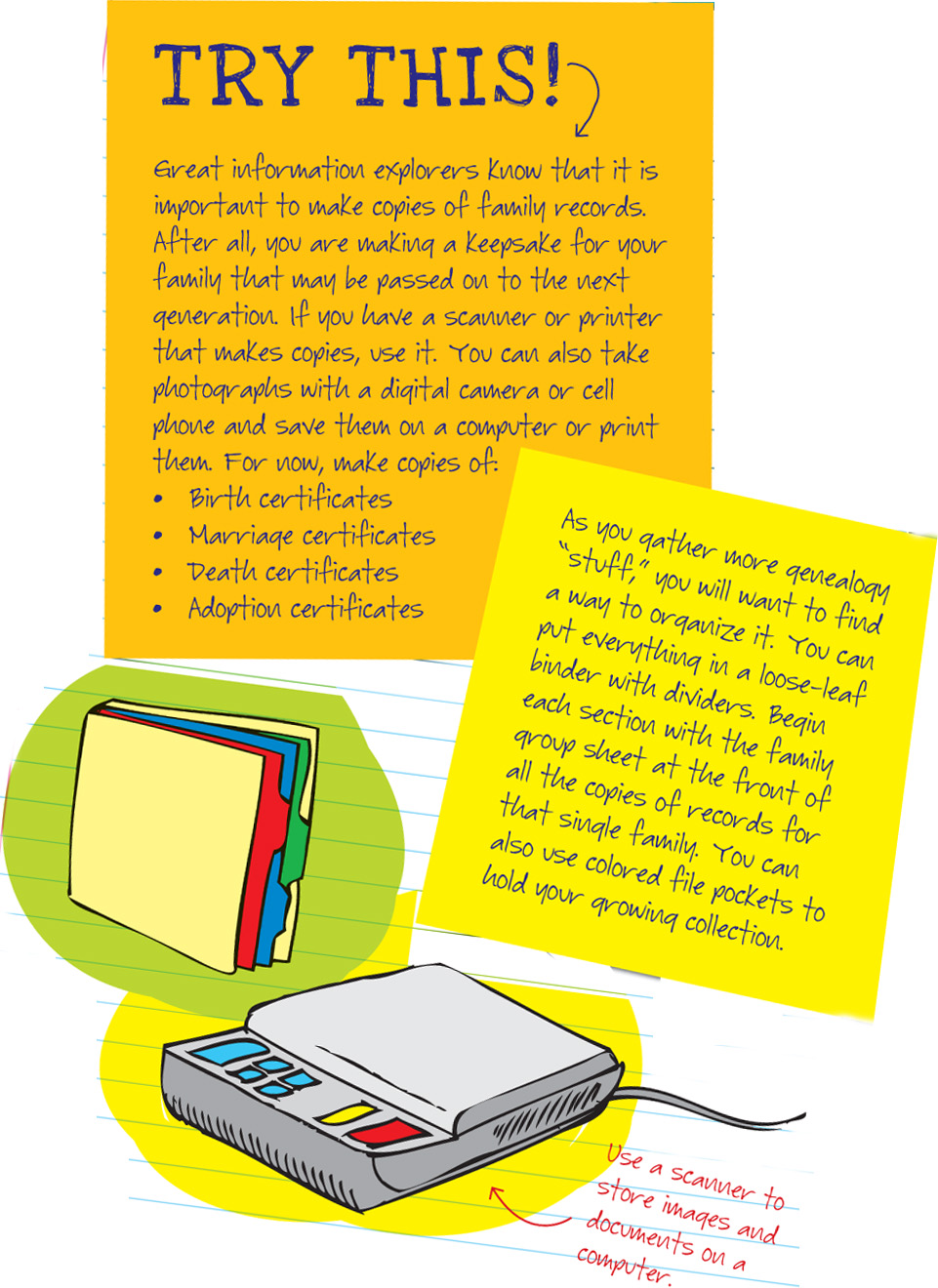
Many genealogy projects include a family tree that you can display in a classroom or at home. A family tree is a chart in the form of a picture. It shows how family members are related by connecting them in certain ways. Brothers and sisters are connected to each other and to their parents. Their parents are connected to their brothers, sisters, and parents, and so on. The connections can go back for several generations.
When you make a family tree, have fun with it! You can make it any size you want. You can use any materials you like. It doesnt even have to look like a tree. Just remember to connect the family members in some waywith string, by placing parents above children by groupsto show how they are related to each other. Your family tree might include just your immediate family or all the cousins, aunts, uncles, and grandparents you know. It can even include your pets!

